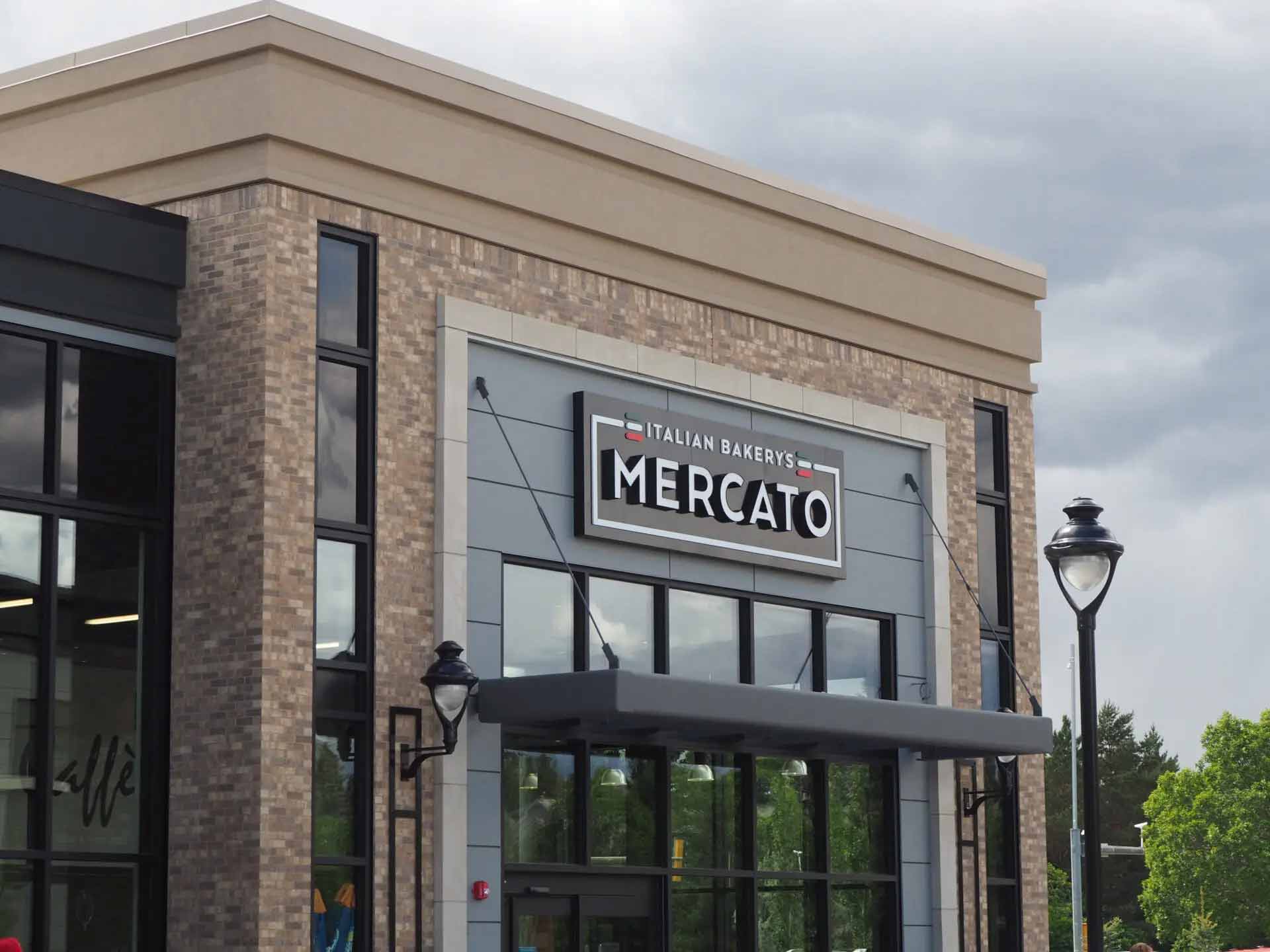
How Much Does It Cost To Parge A Wall?
Parging is often an overlooked aspect of home maintenance, yet it plays a crucial role in protecting your property from moisture damage and enhancing its aesthetic appeal. If you're contemplating a parging project, you might be asking yourself, "How much does it really cost to parge a wall?" In this comprehensive guide, we'll break down the costs associated with parging walls, explore factors influencing pricing, and provide insights to help you make informed decisions.
Breaking Down the Costs: How Much Does It Really Cost to Parge a Wall?
When considering parging for your home, it's essential to understand that several factors influence the overall cost. Typically, homeowners can expect to pay anywhere from $5 to $15 per square foot for parging work. However, these figures can vary based on different variables such as location, materials used, and the complexity of the job.
What Is Parging?
Parging refers to applying a thin layer of mortar or cement mixture over masonry surfaces like foundations or brick walls. This not only provides protection but also gives the exterior a polished appearance.
Factors Influencing Parging Costs
1. Material Selection
The type of material chosen for parging greatly affects costs. For instance:
- Cement-based mixes tend to be more affordable.
- Polymer-modified mortars, while offering superior durability and adhesion, come at a higher price point.
2. Surface Condition
If your wall is in poor condition requiring extensive repairs before parging can begin, expect higher costs due to labor and additional materials needed.


3. Labor Costs by Location
Labor prices differ significantly across regions. Urban areas often have higher labor rates compared to rural locales.
Average Parging Costs Breakdown
| Item | Average Cost (per square foot) | |------|--------------------------------| | Materials | $2 - $8 | | Labor | $3 - $7 | | Total Estimated Cost | $5 - $15 |
DIY vs Hiring Professionals: What's Cheaper?
While DIY projects can save money upfront, they come with their own risks and potential hidden costs like mistakes leading to further repairs. Hiring professionals may seem pricier initially but could save you from headaches down the line.
Tools Needed for DIY Parging
If you decide to go the DIY route, here are some tools you'll need:
- Trowel
- Mixing bucket
- Float
- Safety gear (gloves and goggles)
How Long Does Parging Last?
Typically, well-done parging can last anywhere from 10 to 20 years. Factors like climate conditions and wall maintenance play significant roles in longevity.
Common Mistakes in Parging Projects
1. Poor Surface Preparation
Neglecting surface preparation leads to failure in adhesion and increases repair costs later on.
2. Incorrect Mix Ratios
Using incorrect ratios can compromise strength; always follow manufacturer recommendations.
3. Skipping Sealing
Failing to seal parged surfaces makes them susceptible to water damage over time.
When Should You Consider Parging Repair Near Me?
If your walls show signs of deterioration—cracks or flaking—it’s wise to look up "parging repair near me." Early intervention prevents more costly repairs down the line.
Benefits of Parging Your Walls
- Enhanced Aesthetics: Gives homes a fresh and polished look.
- Moisture Protection: Protects foundations from water penetration.
- Increased Property Value: Well-maintained exteriors boost market appeal.
Signs That Indicate You Need Parging Repairs
Recognizing when it's time for repairs is crucial:

Frequently Asked Questions (FAQs)
1. What is the average lifespan of parged walls?
Parged walls generally last between 10 and 20 years if properly maintained.
2. Can I do parging myself?
Yes, but ensure you’re equipped with proper tools and dependexteriors.com knowledge about mixing ratios and surface preparation techniques.
3. How do I find reliable contractors for parging?
Look up reviews online or ask friends/family for recommendations near your area specializing in masonry work.
4. What happens if I don’t maintain my parged surfaces?
Neglecting maintenance may lead to cracks allowing moisture infiltration resulting in expensive repairs later on.
5. Are there any environmental considerations with parging materials?
Some modern mixes use environmentally friendly components; inquire about eco-friendly options when consulting suppliers or contractors.
6. How do seasonal changes affect parging?
Extreme temperatures can cause expansion/contraction leading to cracks; choose seasons with moderate temperatures for application if possible.
Conclusion
Understanding the intricacies involved in calculating the costs related to parging is vital for homeowners looking at maintaining their property effectively while avoiding unexpected expenses down the road. By breaking down factors such as materials used, labor costs based on location, common mistakes during installation processes along with signs indicating when it’s time for repairs - we hope this article has provided valuable insights into “Breaking Down the Costs: How Much Does It Really Cost to Parge a Wall?”
Whether you decide on doing it yourself or hiring professionals—remember that investing now can save you significant money later! Always research local experts by searching “parging repair near me” ensuring your home remains protected against moisture damage while maximizing curb appeal!